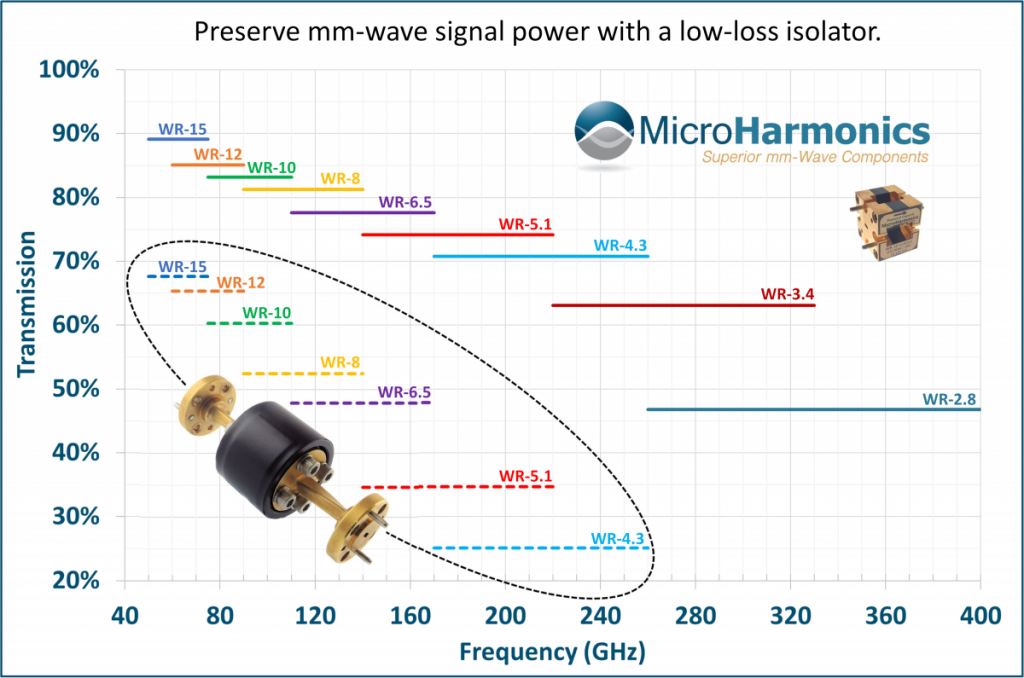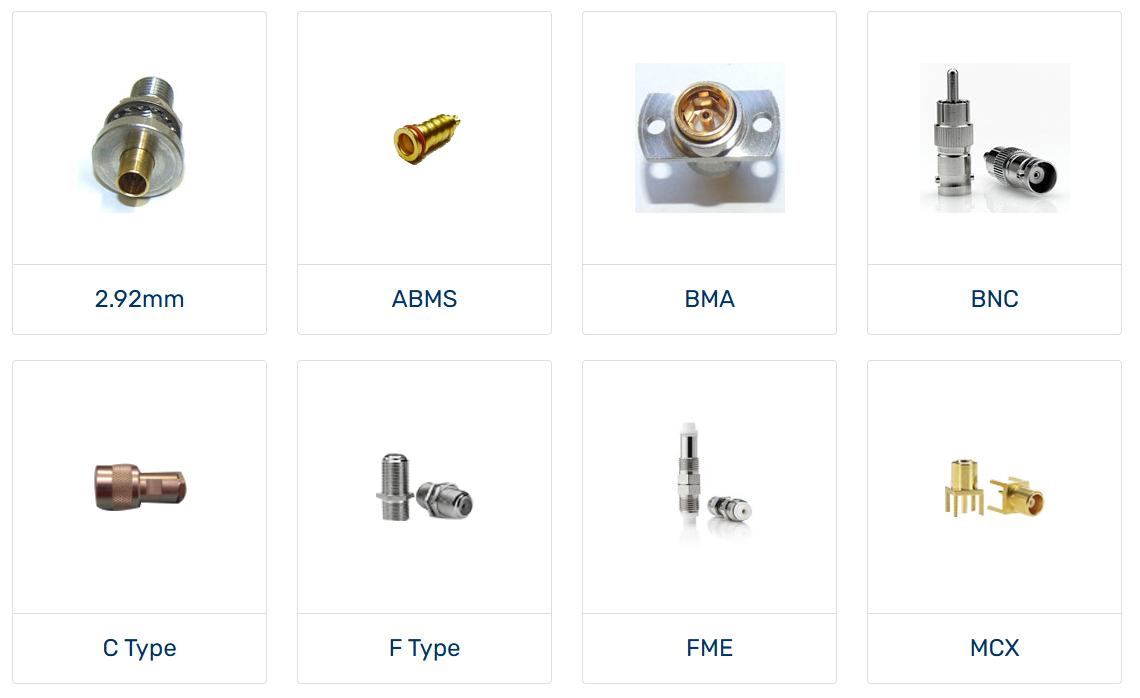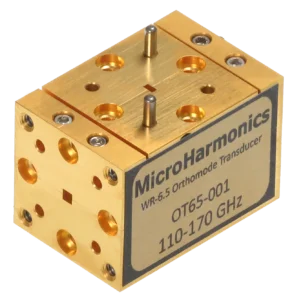A two-port device called an RF Isolator shields RF system components from excessive signal reflection. It is a non-reciprocal device that makes certain that all power is delivered from port 1 to port 2, while absorbing and isolating any power incident at port 2. To prevent undesired signals from harming delicate components, an isolator is frequently positioned in front of them in the Rx/Tx chain.
How to Choose RF Isolators
Knowing the specifications you must make while choosing an RF isolator is crucial. The following is a summary of the important factors to consider while choosing an isolator:
Isolation (dB): The amount of isolation between the input and output ports. The components are better protected with improved isolation.
The signal loss from port 1 to port 2 is known as insertion loss (dB).
Power (W): The isolator can handle a certain amount of power while still keeping its electrical properties. The forward power is the maximum amount of force the isolator can withstand if there is a port 1 occurrence. The amount of power incident at port 2 that the isolator can withstand is known as the reverse power.
Configuration: RF Isolators come in a variety of configurations, including surface mount packages, connectorised modules, and drop-in packages.
Everything All of the top manufacturers in the sector are represented in RF’s list of RF Isolators. In order to identify RF Isolator items that fit your requirements, the search engine will search through numerous manufacturer catalogues using parametric filters to specify the appropriate frequency, isolation, and power levels. Then you may download datasheets, compare goods, and get quotes. Requests for quotes should be made to the manufacturer, who will respond to you directly.

Why is an isolator required?
It serves largely as a shield against excessive signal reflection on other RF components. Isolators, for instance, are employed in test applications to create an electrical barrier between a device under test (DUT) and a signal source that is particularly sensitive. If any of the energy at the DUT reflects back to the source, this is done.
From WR-28 to WR-2.8, Micro Harmonics provides a whole series of Faraday rotation isolators with a frequency range of 25–400 GHz. These isolators offer the best frequency coverage in the market, minimal insertion loss, large bandwidth, low port reflections, and cutting-edge performance. They are the most sophisticated isolators currently available.
The graph below compares our isolators’ insertion loss to that of other vendors. Our WR-3.4 isolator’s insertion loss is only 2 dB! Use of an isolator with a high insertion loss will squander important mm-wave signal power. Become one of the several businesses that are utilising our isolators in their systems and observing observable benefits in system performance.






